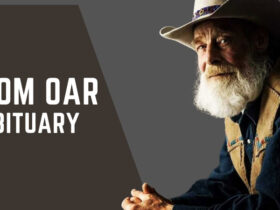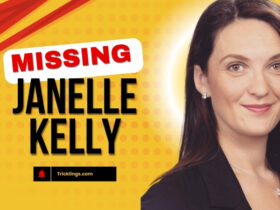The conversation around addiction in America is changing. What used to be whispered about in hushed tones is now met with open discussion, understanding, and—most importantly—action. More people than ever are stepping forward to get the help they need, and success stories are growing. The fight against addiction isn’t just about breaking free from substances; it’s about rebuilding lives, restoring families, and proving that recovery isn’t just possible—it’s happening.
A Shift in Perspective
For years, addiction carried a heavy weight of shame. People were often too afraid to admit they had a problem, worried about judgment from their families, employers, or even themselves. But things are different now. Conversations about mental health and substance use have become more open, with public figures, community leaders, and everyday people speaking up about their experiences.
Social media has played a surprising role in this shift. Instead of only hearing the worst stories, people now see real-life recoveries unfold in real time. Whether it’s a heartfelt post about a milestone or a video of someone sharing their journey, these moments inspire others to take the first step. Recovery is no longer something that happens in the shadows. It’s a movement, and it’s growing.
More Pathways to Healing
One of the biggest reasons more people are succeeding in recovery is that treatment options have expanded. In the past, there was a one-size-fits-all approach: rehab, then meetings, then you were on your own. Now, people have choices that fit their unique needs.
Some find healing in therapy, where they can unpack the deeper reasons behind their addiction. Others turn to medication-assisted treatment, which helps ease withdrawal symptoms and reduce cravings. Many blend different methods, combining traditional support groups with newer approaches like online counseling. The idea that there’s only one way to get better has faded. Now, people can choose what works for them—and when they do, they’re more likely to find lasting recovery.
A Different Kind of Support
The way people receive support has also changed. In the past, addiction treatment often felt isolating. You went away to rehab, disconnected from your normal life, and then returned home, expected to stay on track. Now, more treatment centers focus on keeping people connected to their families, jobs, and communities throughout recovery.
Instead of seeing addiction as a personal failure, more families understand it as a medical condition that requires real support. Employers are getting on board, too, offering mental health benefits and understanding that someone in recovery is working toward a healthier, more productive future. With the right help, a person can find success whether they choose an addiction treatment in Indiana, Virginia, or anywhere in between.
The Power of Peer Support
Professional treatment is important, but something else is making a big difference—community. People who have been through addiction themselves are stepping up to help others. Peer support groups are stronger than ever, both online and in-person, giving people a sense of belonging they may have never felt before.
It’s easier to open up to someone who truly understands. The person who’s been there, who knows what those first few days of sobriety feel like, who gets the struggle of rebuilding trust—that’s the kind of connection that makes recovery stick. These groups aren’t just about sharing struggles. They’re about celebrating victories, no matter how small. Getting through a tough day without relapse, landing a new job, reconnecting with a loved one—these wins matter, and having people to celebrate with makes all the difference.
Younger Generations Are Choosing a Different Path
Another surprising trend? More young people are avoiding substance use altogether. While addiction remains a serious problem, research shows that Gen Z is drinking and using drugs at lower rates than previous generations. Some of this may be due to growing up in a world where they’ve seen the consequences of addiction firsthand, whether through family members or social media. Others are drawn to new cultural shifts, where sober lifestyles are becoming more mainstream and even trendy.
It’s not just about avoiding substances, though. Younger generations are more open to therapy, more willing to talk about mental health, and more likely to reach out for help when they need it. The stigma that kept so many silent in the past is fading, and that change is setting the stage for a healthier future.
A Future Built on Hope
Recovery isn’t just about saying no to substances. It’s about rebuilding lives. It’s about reconnecting with family, finding purpose, and proving that change is possible. With more people seeking help and more pathways to recovery available, the future looks brighter than ever.
The movement toward recovery is real. The stories of people overcoming addiction are proof. And as more individuals step forward, the message becomes clear: Help is out there, success is possible, and a better life is within reach.












